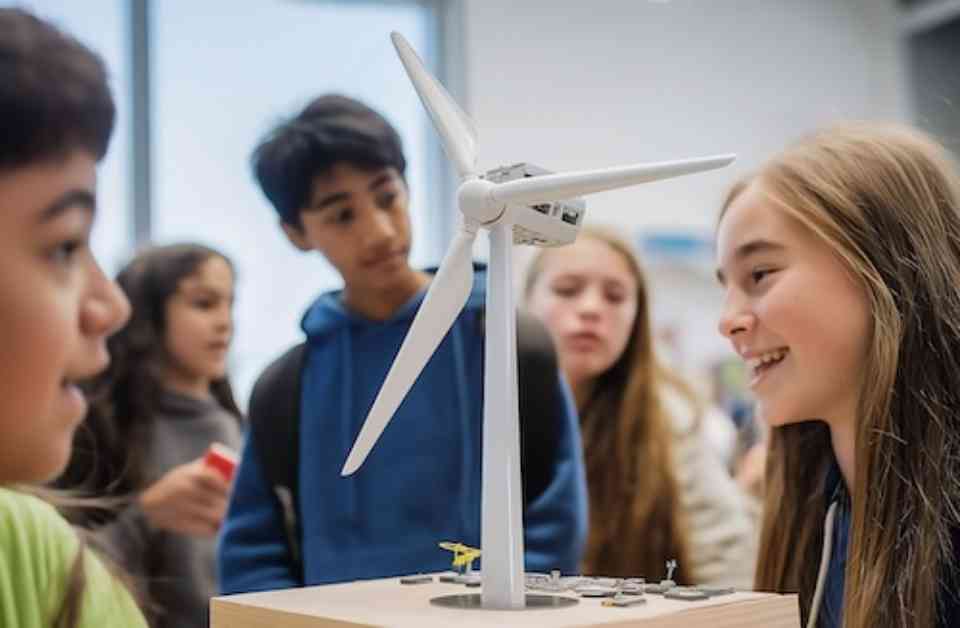In a world where innovation reigns supreme, the importance of critical thinking, problem-solving, and creativity has never been more crucial. As society continues to shift towards a focus on STEM (Science, Technology, Engineering, and Mathematics) education, the need to inspire young minds with hands-on learning experiences has become paramount. Engaging students in STEM concepts from an early age not only fosters curiosity but also equips them with the skills necessary to tackle real-world challenges down the line.
However, sustaining students’ interest in STEM can be a daunting task, especially as they progress through their educational journey and encounter more complex topics. One effective method of keeping students engaged is through project-based learning, where they have the opportunity to apply theoretical knowledge in practical ways. Whether it’s building simple machines, programming robots, or analyzing environmental data, these hands-on experiences help solidify core principles while promoting collaboration and teamwork—skills that are essential for lifelong learning.
Moreover, STEM education plays a crucial role in addressing the persistent gender and racial diversity gap in technology and engineering fields. By providing underrepresented groups with access to STEM learning opportunities at an early age, we can inspire and empower the next generation of scientists, engineers, and innovators. Programs tailored specifically for K-12 students aim to level the playing field by offering equitable access to resources and opportunities, creating a more inclusive pipeline for future STEM professionals.
Integrating STEM into K-12 curricula not only prepares students for a future that relies heavily on interdisciplinary knowledge but also equips them with skills that transcend technical fields. The problem-solving, critical thinking, and collaboration skills developed through STEM lessons are universally applicable, benefiting students regardless of whether they choose to pursue a STEM career.
To help educators and students alike dive deeper into the world of STEM education, here’s a curated list of 12 lesser-known resources that cater specifically to K-12 learners. These resources offer a wide range of activities, lessons, and challenges designed to spark curiosity, foster creativity, and inspire the next generation of innovators:
Exploratorium’s Learning Toolbox
Explore hands-on science and engineering activities, experiments, and videos that align with K-12 curriculums, providing students with tangible experiences to enhance their understanding of STEM concepts.
Mystery Science
Delve into ready-made science lessons featuring interactive stories and guided hands-on activities for students in grades K-5, making science engaging and accessible for young learners.
Makey Makey Labz
Challenge students to think outside the box with STEM challenges using the Makey Makey invention kit, fostering creativity and problem-solving skills through hands-on exploration.
These resources offer a glimpse into the vast world of STEM education, providing educators and students with the tools they need to explore, experiment, and innovate. By embracing the power of STEM at an early age, we can empower the next generation to think critically, solve complex problems, and shape the future of our world.

